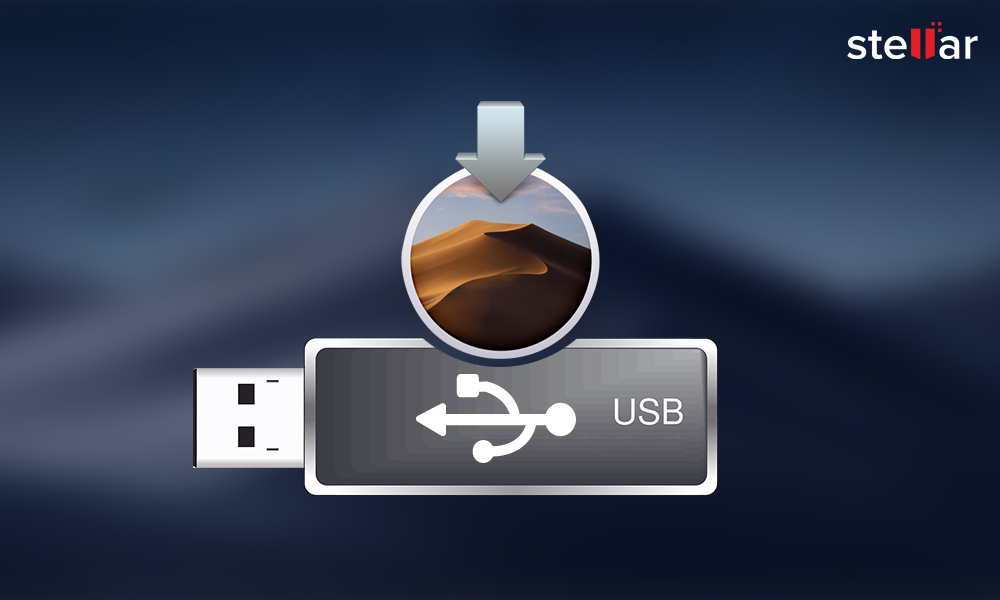

- #Create a bootable usb drive for a mac for mac#
- #Create a bootable usb drive for a mac install#
- #Create a bootable usb drive for a mac 64 Bit#
- #Create a bootable usb drive for a mac upgrade#
If it fails, try again-sometimes the system doesn't unmount the volume in time and the process will be unable to complete. Give it a name and choose MS-DOS (FAT) under Format and GUID Partition Map under Scheme. Select your USB device in the menu on the left, then click Erase. Insert your USB drive into your Mac and launch Disk Utility (under Applications > Utilities, or search for it using Spotlight with Cmd + Space). Warning: Everything on your drive will be erased when you do this! Others don't have any strict requirements, but formatting to FAT beforehand is a good idea regardless. Generally speaking, anything above 4GB will do the job. Some Linux variants may require larger volumes, so pay attention to the requirements when downloading. When you're looking to create a bootable Linux USB drive on a Mac, the first step is to make sure you've got the right USB drive for the job, and that it's formatted correctly to avoid any problems. You can go the freeware route for an easy option, or put a little bit of time into creating the drive yourself using Terminal. There are a few ways to create an Ubuntu (or other Linux) bootable USB drive for Mac. Just go to Applications > Utilities > Disk Utility to launch it and choose Erase and then select OS X Extended (Journaled) to format it (if you’re going to create a macOS boot disk).Linux has long been synonymous with bootable flash drives, whether it's to fix some sort of problem with your primary operating system, or for trying various distros. You’ll need to format your USB drive to use as a boot disk by using Disk Utility in macOS.ĭisk Utility is a free tool in macOS which allows you to perform a number of diagnostic tests on your hard drive including creating a USB boot disk. There are a few other alternatives such as Deepin Boot Maker and ROSA Image Writer but they aren’t updated frequently for macOS and are mainly designed for creating bootable Linux distros. These are by far your 3 best ways to create a bootable USB drive on a Mac. However, for anyone looking for a Rufus alternative that works on all versions of macOS including Mojave and Catalina DiskMaker X is all you need.
#Create a bootable usb drive for a mac upgrade#
Unfortunately, due to changes in macOS Big Sur, DiskMaker X does not work on Big Sur and the developer has no plans to upgrade it in the future. It will also detect any USB drives plugged into your Mac and automatically flash the system image. Simply launch DiskMaker X and it will automatically find the installation file using Spotlight. UNetbootin is extremely fast and is a great Rufus alternative for flashing macOS, Windows, Ubuntu or any other Linux distroĭiskMaker X (formerly Lion DiskMaker) is designed specifically for macOS and is one of the most popular USB boot tools on Mac. It’s designed mainly to create Linux-based bootable USB drives from any machine but works perfectly on macOS. UNetbootin works on Mac, Ubuntu and other Linux distributions. Can’t choose between GBT and MBR partition styles.This prevents wasted time writing images on corrupt USB drives and isn’t something you usually find is boot utilities. That’s all there is to it.Įtcher is very fast at flashing images and also includes Image Validation which verifies the system image and removable drive before flashing. Simply select an ISO image, USB stick and click on Flash.

EtcherĮtcher works on all platforms including Mac and is very easy to use. With this in mind, here are the best equivalents to Rufus on Mac to create a bootable USB drive.
#Create a bootable usb drive for a mac for mac#
Best Rufus For Mac Alternatives To Create a Bootable USB Drive
#Create a bootable usb drive for a mac install#
The only way to run Rufus on a Mac is to install Windows on your Mac and then install Rufus in Windows.
#Create a bootable usb drive for a mac 64 Bit#
Rufus only works on 32 bit 64 bit versions of Windows XP/7/8/10 only.



 0 kommentar(er)
0 kommentar(er)
